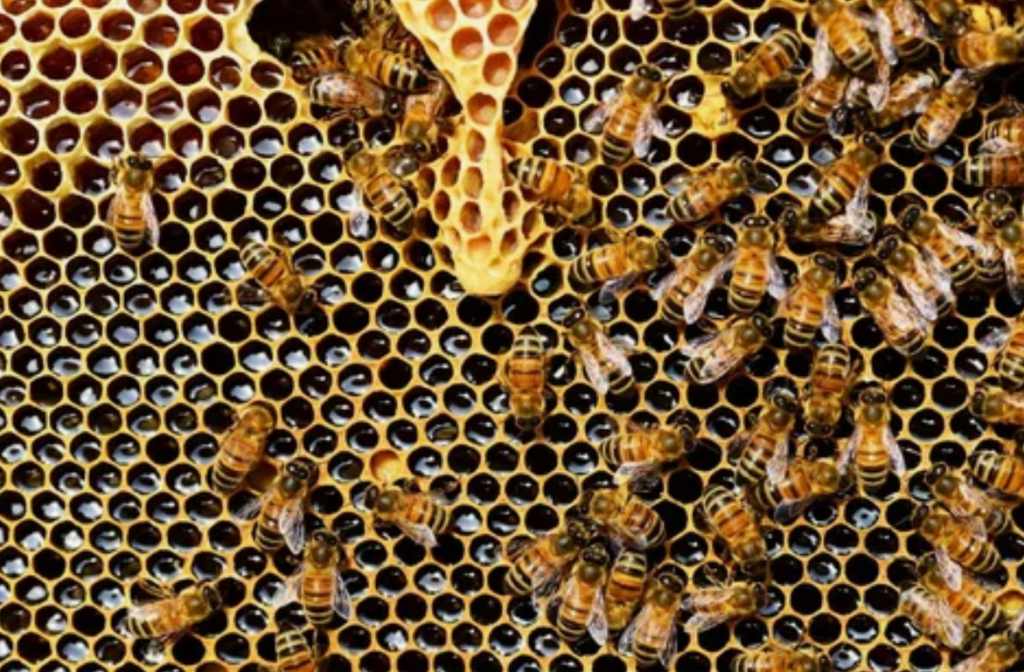The Importance of Genetic Diversity in Resisting Honey Bee Infections
Asked by: Foxie Bread 15 views Service and Providers

Honey bees play a crucial role in our ecosystems, contributing to the pollination of crops and wild plants, which in turn supports food production and biodiversity. However, honey bee populations are under significant threat from various infections and diseases. One of the most effective natural defenses against these threats is genetic diversity. In this article, we will explore why genetic diversity is so vital for honey bee health and how it helps in resisting infections.
Understanding Genetic Diversity
Genetic diversity refers to the variety of genes within a species population. In honey bees, this diversity manifests through different genetic combinations passed from queens to their offspring. A diverse gene pool allows a species to adapt to changes in its environment, including resistance to pathogens and parasites. Without sufficient genetic diversity, honey bee colonies become more susceptible to infections, leading to colony collapse and reduced pollination services.
Genetic Diversity Protects Honey Bees
One of the main benefits of genetic diversity in honey bees is that it provides a buffer against widespread infections. When a population has varied genetic traits, it is less likely that a single pathogen can wipe out an entire colony. Different bees within a diverse population may have varying levels of resistance to specific diseases, which means that even if some bees are affected, others may survive and continue to propagate.
For example, genetic diversity has been shown to play a critical role in resisting Varroa mites, a significant threat to honey bees. Some bees have genetic traits that allow them to identify and remove these mites from their hives, a behavior known as hygienic behavior. By promoting genetic diversity, beekeepers can increase the likelihood of these resistant traits appearing within their colonies.
Beekeeping Practices
Beekeeping practices have a direct impact on the genetic diversity of honey bee populations. Commercial beekeeping often involves selective breeding, where queens with desirable traits are chosen to produce the next generation of bees. While this can improve certain characteristics, such as honey production or temperament, it can also reduce genetic diversity if not managed carefully.
To maintain genetic diversity, it is essential for beekeepers to avoid inbreeding and to introduce new genetic material regularly. This can be done by allowing natural mating processes, where queens mate with multiple drones, or by introducing queens from different genetic lines into the population. By doing so, beekeepers can help ensure that their colonies remain resilient against infections.
Genetic Diversity
Environmental factors such as climate change and habitat loss are putting additional stress on honey bee populations. These challenges can exacerbate the impact of infections, making genetic diversity even more critical. A genetically diverse population is better equipped to adapt to changing conditions, such as temperature fluctuations or the availability of food sources, which can affect bees’ ability to fight off infections.
For example, bees with a broader range of genetic traits may be more adaptable to shifts in flowering patterns caused by climate change, ensuring that they can continue to find food and sustain their colonies. This adaptability is a key factor in their overall resilience and long-term survival.
Genetic Diversity in Wild
Wild honey bee populations tend to have higher levels of genetic diversity compared to managed colonies. This is because wild bees mate freely and are not subject to the selective breeding practices commonly used in commercial beekeeping. As a result, wild populations are often more resilient to infections and environmental changes.
However, wild honey bees are also under threat from habitat loss, pesticide use, and diseases spread by managed bees. Efforts to conserve wild honey bee populations are crucial in maintaining overall genetic diversity within the species. Conservation strategies include preserving natural habitats, reducing pesticide use, and supporting wild bee populations through sustainable beekeeping practices.
Promoting Genetic Diversity for Bee Health
Promoting genetic diversity should be a priority for anyone involved in beekeeping, from hobbyists to commercial operators. By fostering diverse bee populations, we can enhance their natural defenses against infections and improve their chances of survival in a changing world.
One way to support genetic diversity is by sourcing queens from a variety of different genetic lines and allowing for natural mating behaviors. Additionally, reducing the use of chemicals and pesticides in beekeeping can help maintain a healthy environment where diverse bee populations can thrive.
Connection to Bee Removal Practices
Bee removal services also play a role in preserving genetic diversity. For example, when removing and relocating a bee colony, it’s important to consider the genetic value of that colony. In San Bernadino County, bee removal practices that focus on relocation rather than extermination can help maintain the genetic diversity of local honey bee populations. By safely relocating bees to new environments, we can ensure that their unique genetic traits continue to contribute to the resilience of the species.
This is particularly important in regions like San Bernadino County, where environmental pressures and urbanization can limit the availability of wild habitats. By opting for humane and environmentally conscious bee removal practices, such as those offered by Bee removal San Bernadino County services, we can support the conservation of genetic diversity within local bee populations.
Summary
In conclusion, genetic diversity is a vital factor in the resilience of honey bee populations. It enhances their ability to resist infections, adapt to environmental changes, and ultimately survive in a world where they face numerous threats. Beekeepers, conservationists, and even bee removal services all have a role to play in promoting and preserving this diversity. By working together, we can help ensure that honey bees continue to thrive and support the ecosystems upon which we all depend.